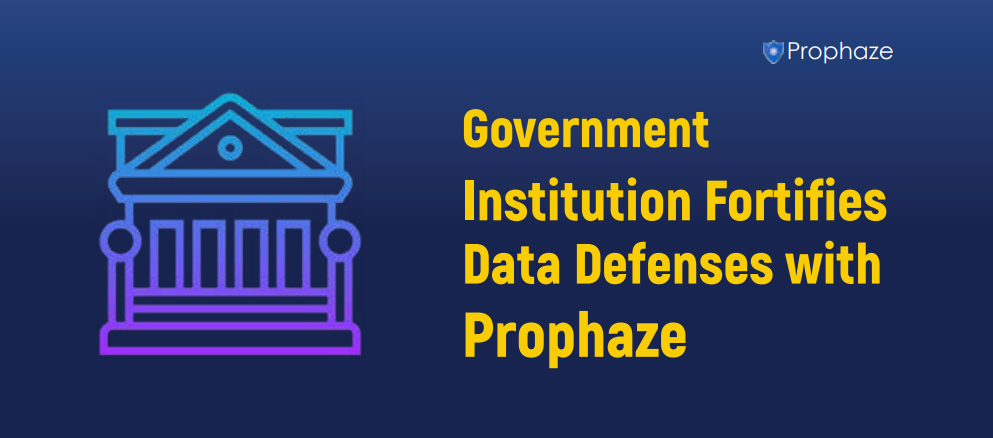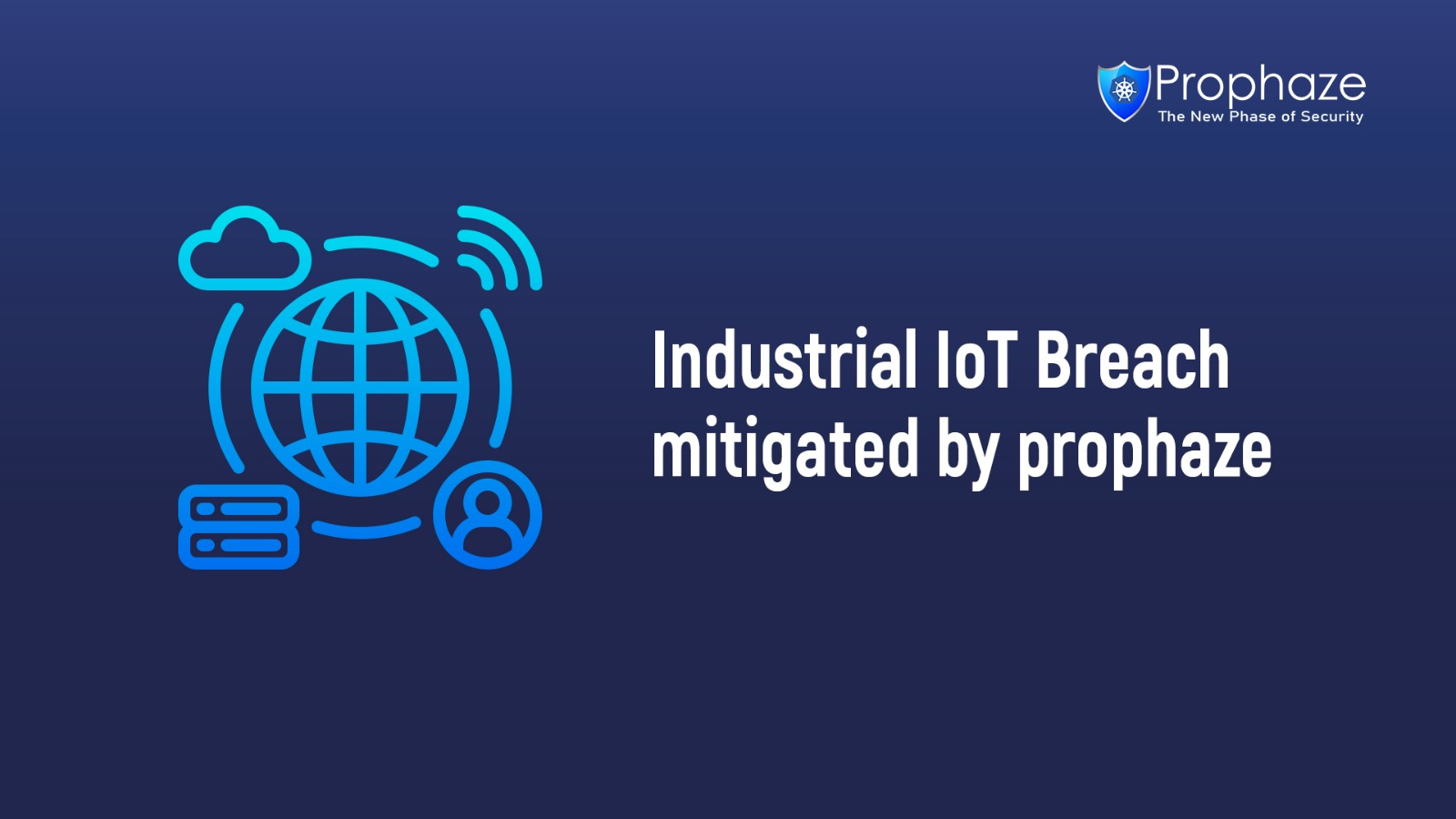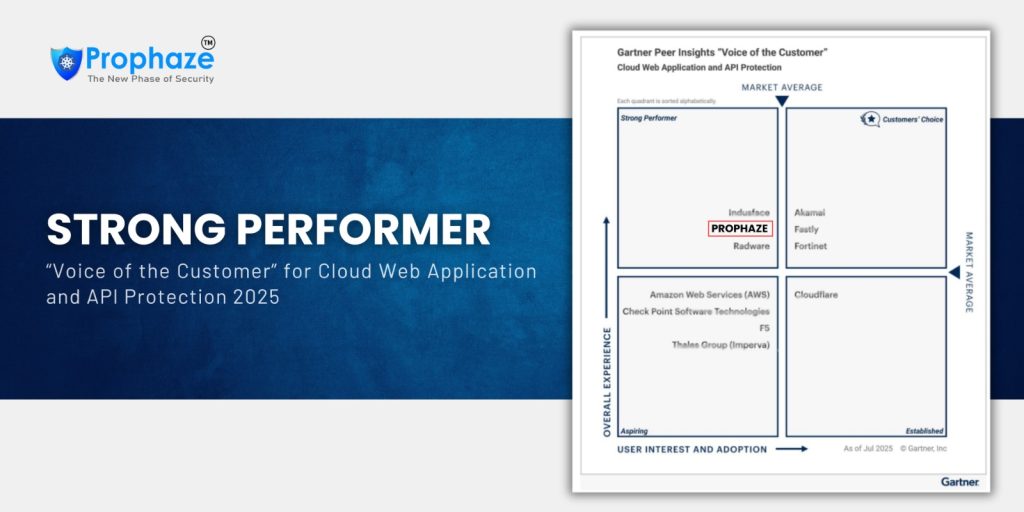Vulnerability scanning is the process of systematically scanning and identifying potential security vulnerabilities in a system or network. This involves using specialized software tools to identify vulnerabilities such as unpatched software, misconfigured systems, weak passwords, and other potential entry points that attackers could exploit. In this article, we will discuss the concept of vulnerability scanning, its subtopics, and how it can help organizations improve their security.
Types of Vulnerability Scanning
There are several types of vulnerability scanning that organizations can use to improve their security posture, including:
Network Scanning:
This involves scanning a network to identify potential vulnerabilities in network devices such as routers, switches, and firewalls.
Web Application Scanning:
This involves scanning web applications to identify potential vulnerabilities in the application code, such as SQL injection and cross-site scripting (XSS) vulnerabilities.
Mobile Application Scanning:
This involves scanning mobile applications to identify potential vulnerabilities in the application code, such as insecure data storage and weak authentication mechanisms.
Benefits of Vulnerability Scanning
Vulnerability scanning can provide organizations with several benefits, including:
Improved Security:
Vulnerability scanning helps organizations identify potential security vulnerabilities and weaknesses, enabling them to take proactive measures to prevent cyber attacks.
Regulatory Compliance:
Many regulatory standards such as PCI-DSS require regular vulnerability scanning to ensure compliance with security standards.
Cost Savings:
By identifying potential security vulnerabilities early, organizations can reduce the cost of security incidents and minimize damage to their reputation.
Best Practices for Vulnerability Scanning

To get the most out of vulnerability scanning, organizations should follow these best practices:
Schedule Regular Scans:
Vulnerability scanning should be performed on a regular basis, such as monthly or quarterly, to ensure that any new vulnerabilities are identified and addressed promptly.
Prioritize Vulnerabilities:
Vulnerabilities should be prioritized based on severity, so that critical vulnerabilities are addressed first.
Collaborate with IT Teams:
Vulnerability scanning should be a collaborative effort between security teams and IT teams, to ensure that vulnerabilities are addressed promptly and efficiently.
Conclusion
Vulnerability scanning is an essential component of cybersecurity that helps organizations identify potential security vulnerabilities and improve their security posture. By using specialized software tools to identify vulnerabilities in networks, web applications, and mobile applications, organizations can proactively address potential entry points that attackers could exploit. By following best practices such as regular scanning and collaboration between security and IT teams, organizations can stay ahead of potential threats and protect themselves from cyber attacks.












